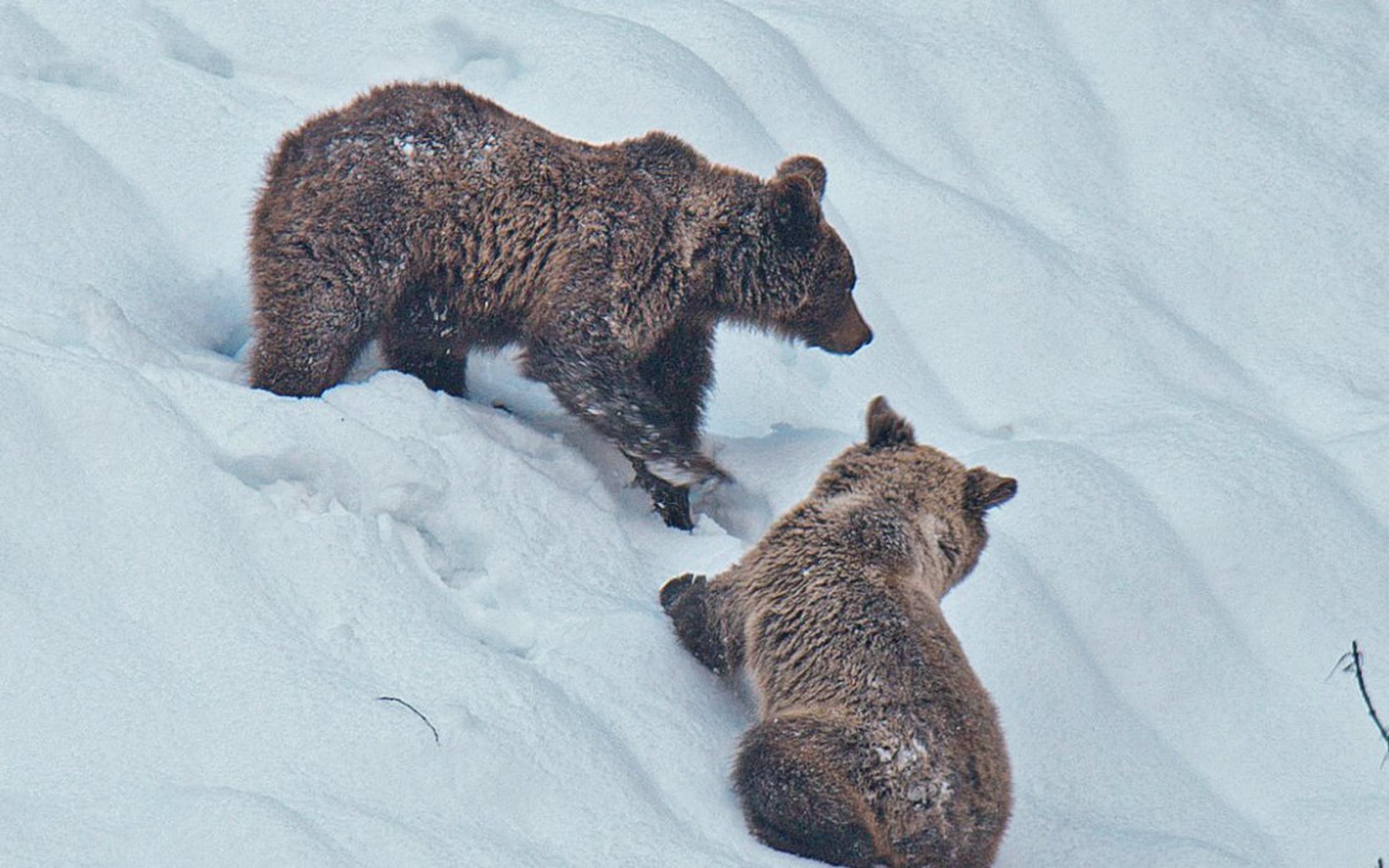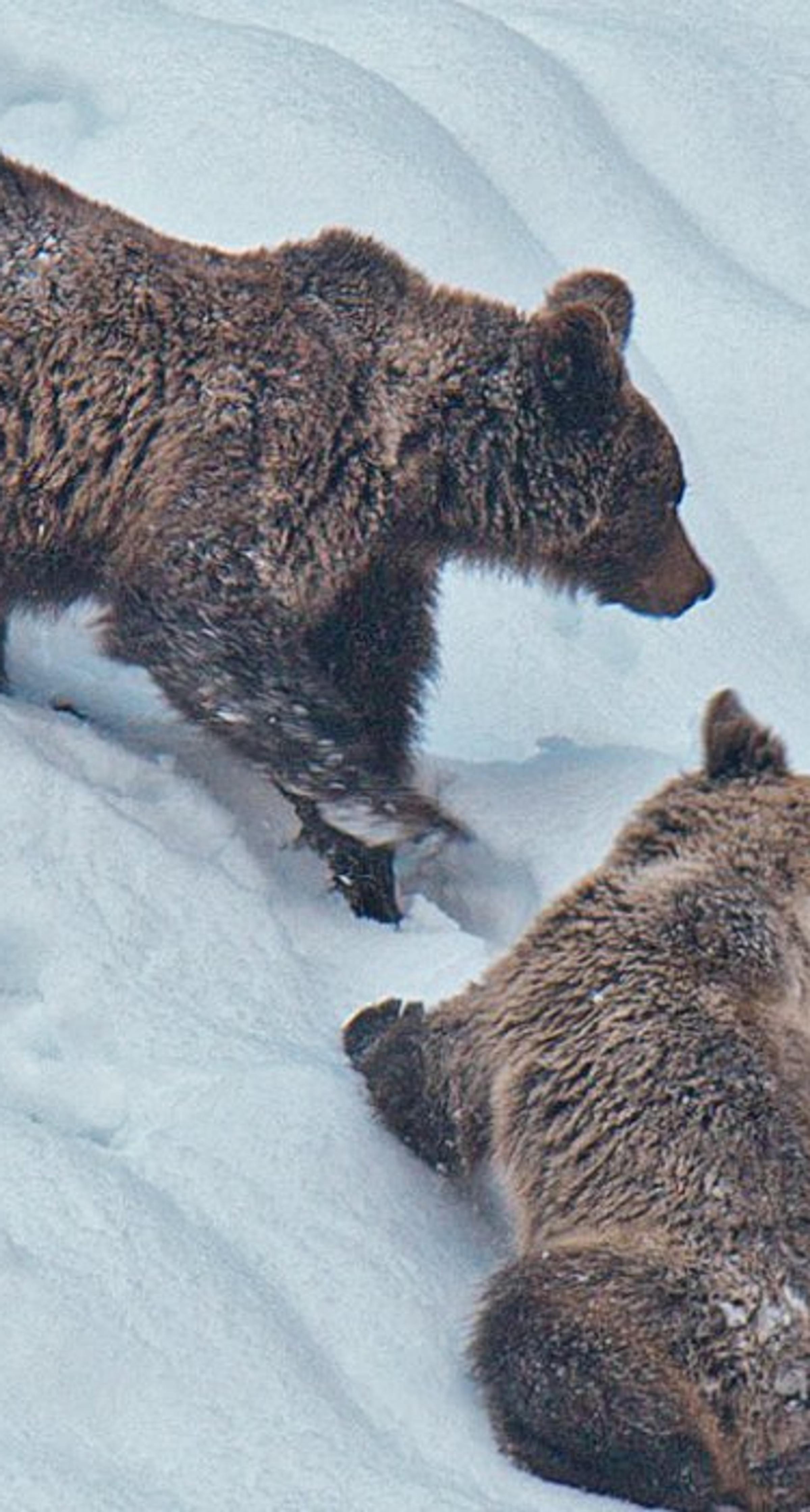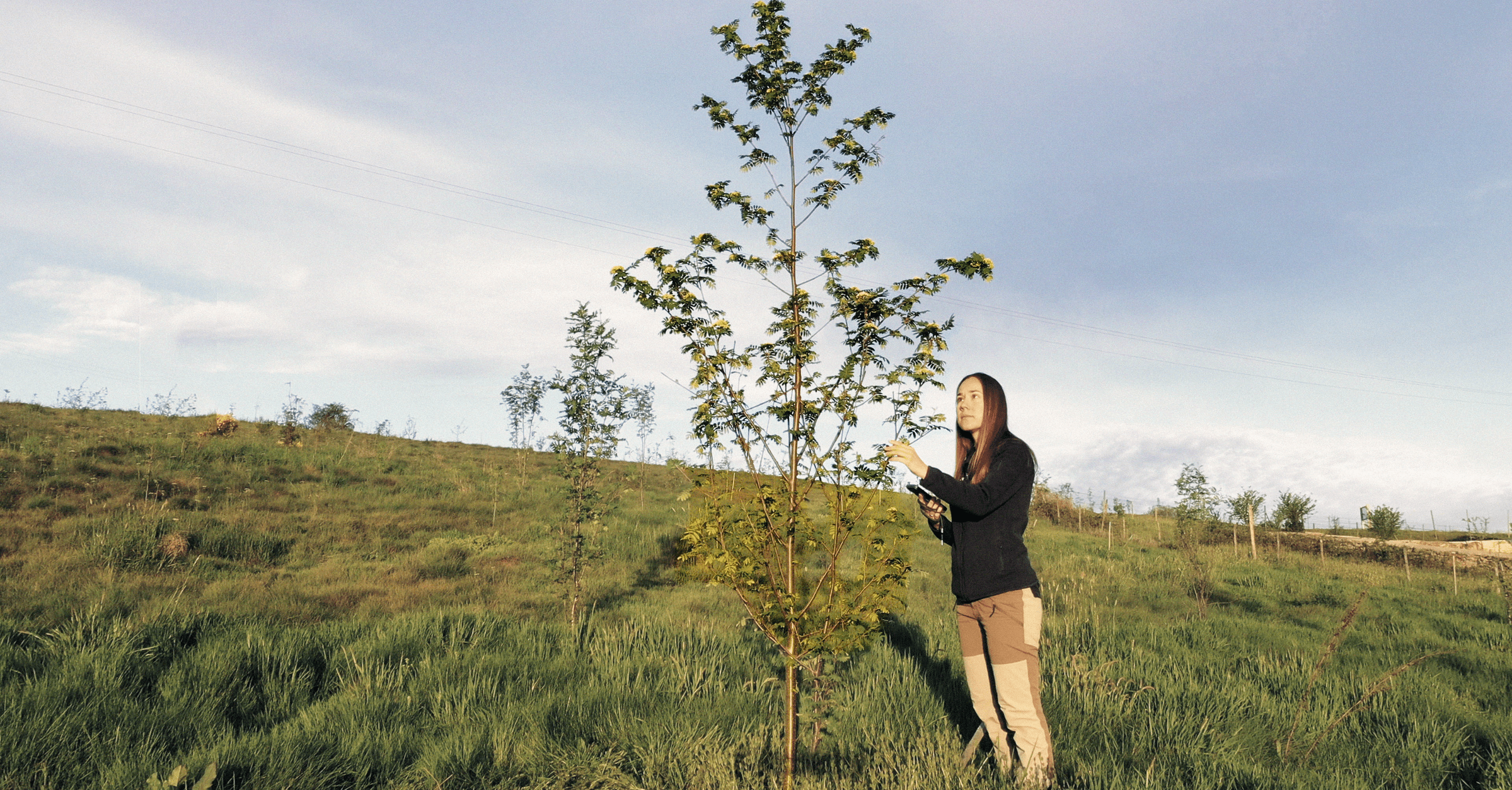The Significance of Bears
In stories, poems and songs, bears are one of the creatures we most admire and create a character for. Although many of the personifications we put on bears may be fictitious, there is definite truth to linking bears to healthy forests.
Unfortunately, due to deforestation, among other causes, the Cantabrian brown bear’s habitat is under threat. This is particularly true in Northern Spain, where Land Life’s reforestation projects aim to restore the forest to how it was and help re-create the healthy habitat that allows these majestic creatures to thrive.
The History of the Cantabrian Bear
The Cantabrian mountains are where this Brown Bear calls home. Spanning 300 km across Northern Spain, characterized by deep valleys and high peaks of up to 2000 m, this mountain range is vast and beautiful. However, at the beginning of the 20th century, the bear population was in deep decline due to hunting and loss of habitat. The bears were divided into two eastern and western subpopulations, which meant they were genetically isolated.
This split was caused by an interpopulation split of approximately 50 km, which was covered with major obstacles such as roads and railway lines. Without this communication corridor, the essential connectivity for the bears both in a demographic and genetic sense, their chance of recovery is severely impaired.
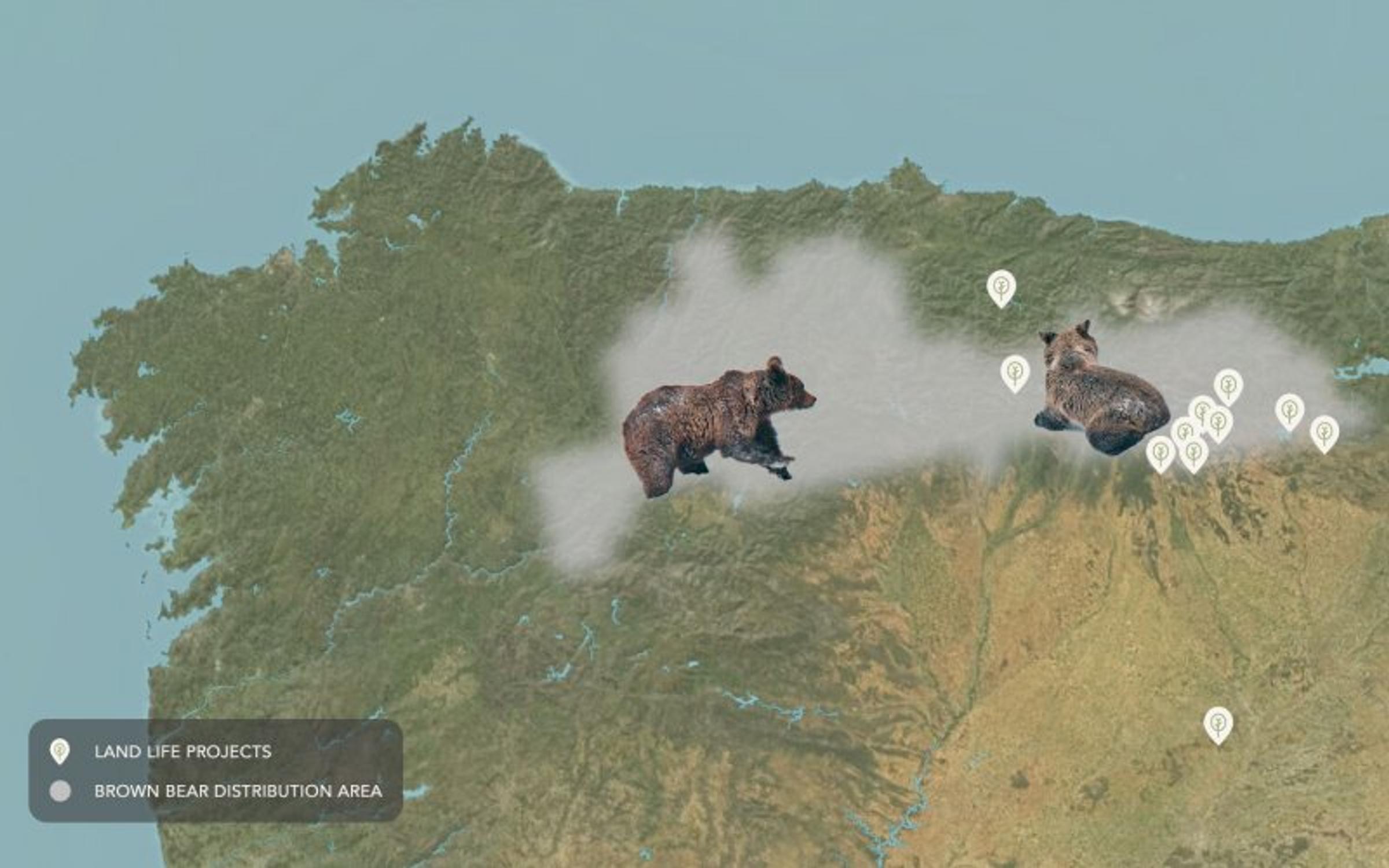
The bears were once found throughout most of the Iberian Peninsula, but with their populations increasingly restricted and reduced because of habitat degradation and fragmentation, poaching and poisoning, as well as the low genetic variability due to the split and creation of two subpopulations, the species began to decline rapidly.
With land clearing for agriculture came deforestation of the area, which meant the bears lost not only their habitat but also their food source. Additionally, infrastructure such as the building of roads, development of ski slopes and other construction added to the problem, meaning less and less space available for the bear. The Cantabrian brown bear came so close to extinction that at one point, it is thought there were fewer than 60 bears left. Conserving their habitat became a critical necessity.
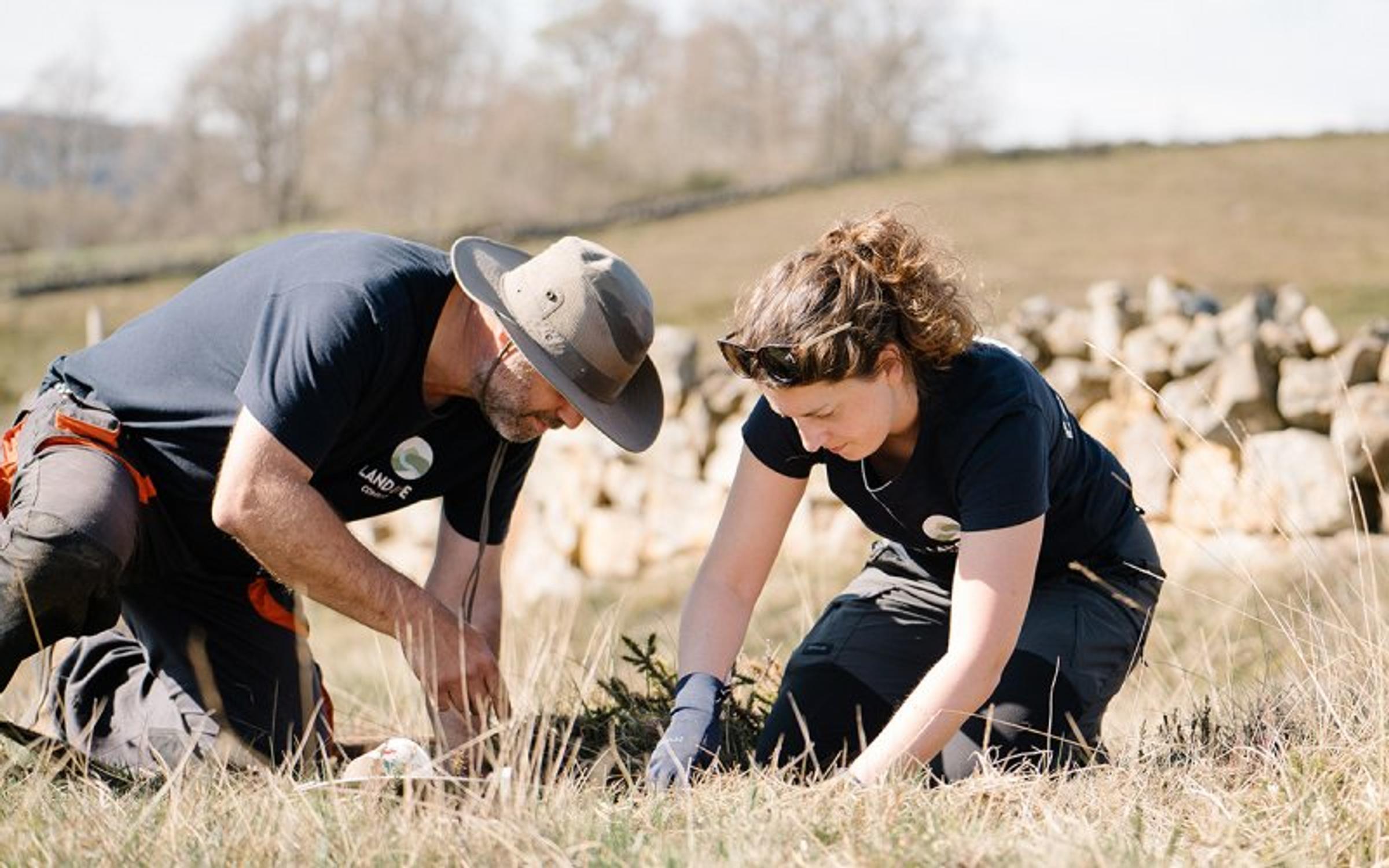
What a Bear Needs
Reforestation and in turn, land restoration in this region of Northern Spain is essential for soil health, water retention and many other reasons, but for the brown bear, it is essential for their survival. Forests provide refuge and are a source of food. Additionally, having a network of small forests creates communication corridors that favour the bear’s movement.
Although the Cantabrian Mountains contain areas of high environmental quality, habitat loss and fragmentation are one of the main problems that the brown bear has to face for its survival, making reforesting this area even more necessary. Land Life’s project in León, is one of several of our projects restoring part of the bear’s communication corridor in this region. Here we work in close contact with Fundación Oso Pardo,Opens in a new tab. and FAPASOpens in a new tab. to protect the bear and its habitat.
There has been increased attention and reforestation efforts for this region, and the number of brown bears has already increased. According to the , the population in the Cantabrian Mountains today is recorded at 350, with an additional 40 in the Pyrenees. Although there is still definitely a long way to go before the Cantabrian Brown Bears are no longer considered an endangered species, the special attention that has been given to restoring this area, rebuilding their communication corridor and attempting to create a more harmonious human-bear relationship has already created positive results.
If the focus remains on saving this bear and its habitat using conservation and restoration efforts, then it will benefit not only the bears but the surrounding landscape, other local species, and the health of the forest, too.
